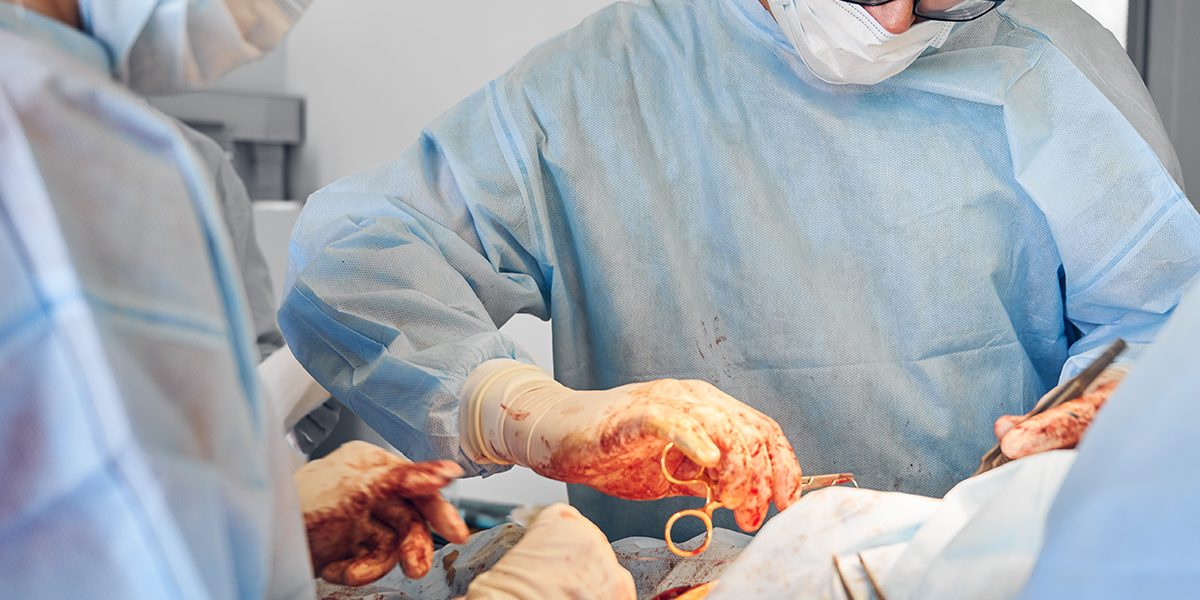Cesarean section is commonly called a C-section. Your doctor may sometimes recommend you to undergo a C-section based on the state of both your health and that of your unborn baby. It can save lives in an emergency and help pregnant women who are at risk of complications. Though many of you have heard about Cesarean section let’s see about it in detail in this blog.
What is a cesarean section?
A cesarean section is a surgical delivery procedure which involves making incisions in your abdomen and uterus to deliver the baby. Some C-sections are planned while some are done under emergencies.
When is a cesarean section necessary?
Some of the common situations for C-section include :
- If the baby is not in the proper position for delivery
- When the mother has placenta previa (low lying placenta)
- If the mother’s health condition makes a normal delivery dangerous for both her and the child.
- In case of multiple pregnancies(with first of the babies being non cephalic) with malposition.
- When the baby is very big
- If labour(how to identify labour pain) doesn’t progress as it should
- If your child’s health is at risk(fetal distress or meconium stained liquid and delivery is going to take longer time)
- Abruption placenta(premature separation of placenta)
How it is done?
- Before surgery, your doctor may give you an epidural block or spinal block or general anaesthesia.
- During the surgery, your doctor will make an incision in your abdomen and uterus. The incision may be made horizontally or vertically
- Finally, your baby will be taken through the incisions by the obstetrician. The umbilical cord is cut off and then the placenta is delivered. The incisions are sutured(stitched) finally.
Risk factors
Some of the risk factors of cesarean section are
- Infection
- Blood loss
- Anaesthesia risks
- Harm to the surrounding structures like the bowel or bladder.
- Placenta abnormalities in next pregnancies.
Recovery time
These days, mothers can be made ambulant the same day and have no fear of being confined to bed for a week or ten days. But, complete recovery needs the usual postpartum recovery time( 4-6 weeks). Mothers who underwent cesarean section are advised to avoid lifting heavy weights for this time period.
If you have any discomfort or symptoms which are unusual, contact your obstetrician immediately.
To sum up
If you had been expecting a vaginal delivery or had experienced labour that resulted in a C-section, you could feel a little emotionally broken down. Moreover, keep in mind that having a C-section does not decrease the value of your baby’s arrival. After a cesarean section delivery, resting and allowing people to help you recover is the best thing you can do for yourself.








